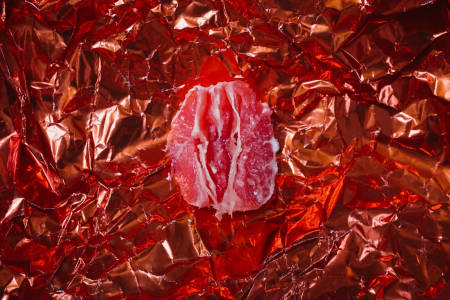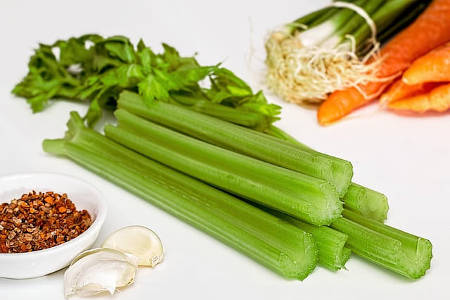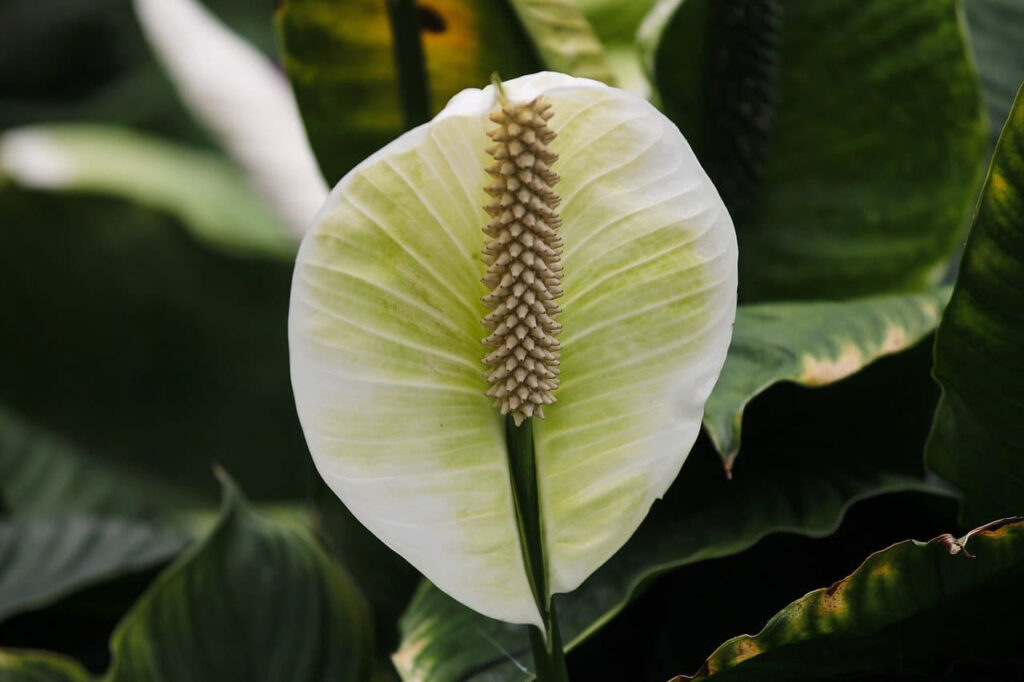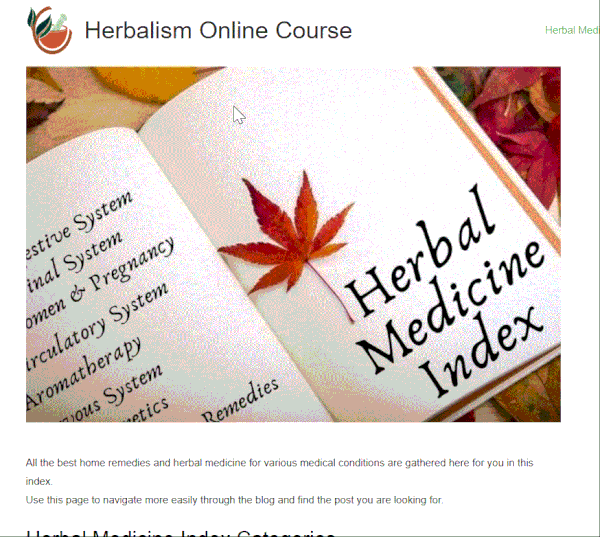The candida fungus is found in the vagina, as part of the normal vaginal flora, in a significant percentage of healthy women, who do not suffer from any disorder.
However, symptomatic vaginal yeast infection is a common infection.
Conventional Vs. Natural Treatment for Vaginal Yeast Infection
Almost every woman occasionally suffers from vaginal candidiasis.
It is accompanied by itching, burning, tingling, and pain, signs that can not be ignored.
This is a real bothersome phenomenon and you probably want to get rid of it as soon as possible.
The usual conventional solution seems easy and quick, only 3 days and the fungus disappears.
Is that so?
When using the conventional treatment for vaginal yeast infection, many women feel an immediate relief.
However, very quickly the fungus returns.
These medications disturb the natural balance of the vaginal bacteria.
More important, they don’t treat what causes the appearance of the fungus in the first place.
Therefore, before you see a doctor for a prescription, you should try some natural and simple home remedies.
These home remedies can help the body overcome the fungus on its own while strengthening the natural vaccine.
Causes and Symptoms for Vaginal Yeast Infection

The most common symptom of vaginal candida infection is itching.
Sometimes women also complain of other disorders such as burning when urinating (dysuria), irritation, and pain during intercourse (dyspnea).
Occasionally there is a slight discharge from the vagina, whitish and thick, similar to cottage cheese.
On physical examination, the doctor can detect local redness and swelling, as a result of the fungal infection and the inflammatory response.
What Causes Vaginal Yeast infection?
Several risk factors are known to increase the risk of vaginal candidiasis infection.
The important risk factors include:
- Diabetes, especially when the sugar balance is not optimal.
- Taking various antibiotics, due to damage they cause to the normal bacteria in the gut, and proliferation of the Candida fungus in their absence.
- High estrogen levels in the body, like in women taking birth control pills, during pregnancy, or before menopause.
- An impared immune system.
Foods to Add or Remove from Your Diet When Having Vaginal Yeast Infection

Celery Against Candida
You may have heard of the many benefits of celery including preventing stomach and colon cancer.
Celery is also good for breaking down kidney stones and helping with pneumonia bacteria.
It turns out that it is also one of the best vegetables for those suffering from Candida.
This is due to the fact that this vegetable is rich in dietary fiber and thus helps to cleanse the intestines where the fungus may develop.
So if so far you have underestimated it, this is definitely a great reason to add it to your diet.
Garlic Lowers the Levels of Vaginal Yeast Infections
Garlic is another good example of healthy food with prominent antifungal properties.
In this case, it is mainly due to allicin, an organic compound that gives it its aroma and pungency.
Allicin is formed in the process of crushing fresh garlic.
Therefore, if you are interested in incorporating garlic in your diet, for Candida fighting purposes,
it is advisable to crush it and add it to your food a few moments before eating.
Laboratory experiments have shown that garlic extract can impair the yeast’s ability to cling to the walls of the oral cavity.
Another study, in women, found that taking garlic supplements in capsules affected the levels of vaginal yeast infections, from which they suffered.
However, keep in mind that since it is a spicy food product, one should avoid consuming large amounts of it.
Especially when you are suffering from irritation or sore in the sensitive oral cavity area.
Diet Low in Sugar
Yeast “enjoys” sugar and grows rapidly in an environment rich in it.
Some studies suggest that high blood sugar levels may increase the risk of Candida infection.
In a study conducted on mice, sugar was able to increase Candida growth in the gastrointestinal tract of those who had a weak immune system.
Moreover, in another study, rinsing the mouth with sucrose in humans was linked to a higher amount of yeast in the oral cavity.
Although a low-sugar diet is not effective against all yeasts, it can help prevent Candida fungal infections.
Many nutritionists and doctors will recommend that Candida sufferers should switch to a low-sugar diet.
They should reduce the amounts of cakes, ice cream, chocolate, and honey they consume, as well as sugary drinks.
Starving Candida Out of Your Body

One of the most effective ways to starve the bacteria out of your body is by drinking lots of water.
In order to allow the body to effectively cleanse itself of the toxins secreted by Candida,
You should drink a large amount of at least 2 liters of water per day and constantly hold a bottle of water in your bag.
At the same time, it is important to reduce and even completely give up alcoholic beverages like beer and wine.
These beverages contain yeast and consuming them not only will not starve the fungus, which is itself a yeast fungus, but will help it grow and thrive.
Avoid Dairy Products
One of the organs in which Candida thrives successfully is the intestines.
The reason for this is that it is an area rich in folds,
the fungus manages to hide between these folds without difficulty.
Many dairy products contain the casein protein, which is a sticky substance.
Consuming dairy products helps the fungus to continue infecting the intestines and by doing so can make treatment very difficult and prolong it.
Therefore, you should switch to a low-fat diet and minimize the consumption of dairy products as much as possible during the treatment of the fungus.
Basic Recommendations to Avoid Vaginal Yeast Infection
Keep the Area Ventilated

Be sure to wear cotton underwear and cotton pants, which help keep the area dry and ventilated.
Avoid scented feminine products including pads and tampons.
These products cause a change in the level of acidity (pH) in the vagina and thus encourage the development of the fungus.
Hygiene of the Vaginal Area
It is important to keep the vaginal area clean.
However, you should avoid using different rinses or strong soaps.
They upset the natural balance of the vaginal flora, cause dryness, and worsen the symptoms.
Rinse the area once or twice a day, with water only or with a mild, odorless soap.
Look for natural hygiene products, those containing no chlorine, bleach, or chemicals.
You may find them at health food stores or at various supermarkets.
Home Remedies for the Treatment of Vaginal Yeast Infection
Bath with Apple Cider Vinegar

Apple cider vinegar can be most effective in dealing with the symptoms of vaginal candidiasis.
In order to enjoy the benefits of apple cider vinegar, you can use several methods that are specially effective.
First, you can dip in the bath, adding a nice amount, at least a full cup, of apple cider vinegar to the warm water.
Stay in the bath for at least ten minutes.
Some women report real relief after the first bath, while others feel a change only after a number of such.
Another treatment, using apple cider vinegar, that can help vaginal candidiasis includes performing a targeted rinse.
Instead of dipping in a bath with vinegar, dilute a small amount of vinegar with water and rinse the irritated area.
Note that this treatment shouldn’t burn and if it does, you should dilute it with additional water.
Make sure the apple cider vinegar is high quality, preferably organic.
Chamomile Bath with Commiphora Myrrha and Tea Tree Essential Oils
In a warm bath put a concentrated infusion of chamomile to soothe the vaginal lining irritated by the Candida fungus.
Add 2-3 drops of Tea tree and Myrrha essential oils.
The natural ingredients these essential oils contain will make it difficult for Candida to survive.
External Treatment Using Bandages
Incorporating bandages in the treatment will help more in a situation of irritation outside the vagina.
This treatment is most effective when there are redness and swelling.
Prepare a strong infusion using chamomile or calendula and let it cools down a bit.
Then dip a cotton ball or gauze pad in it and gently lay on the area.
The treatment is, of course, external only.
These plants contain important phytochemicals, which help repair damaged tissue, have a strong antiseptic effect and provide local sedation.



